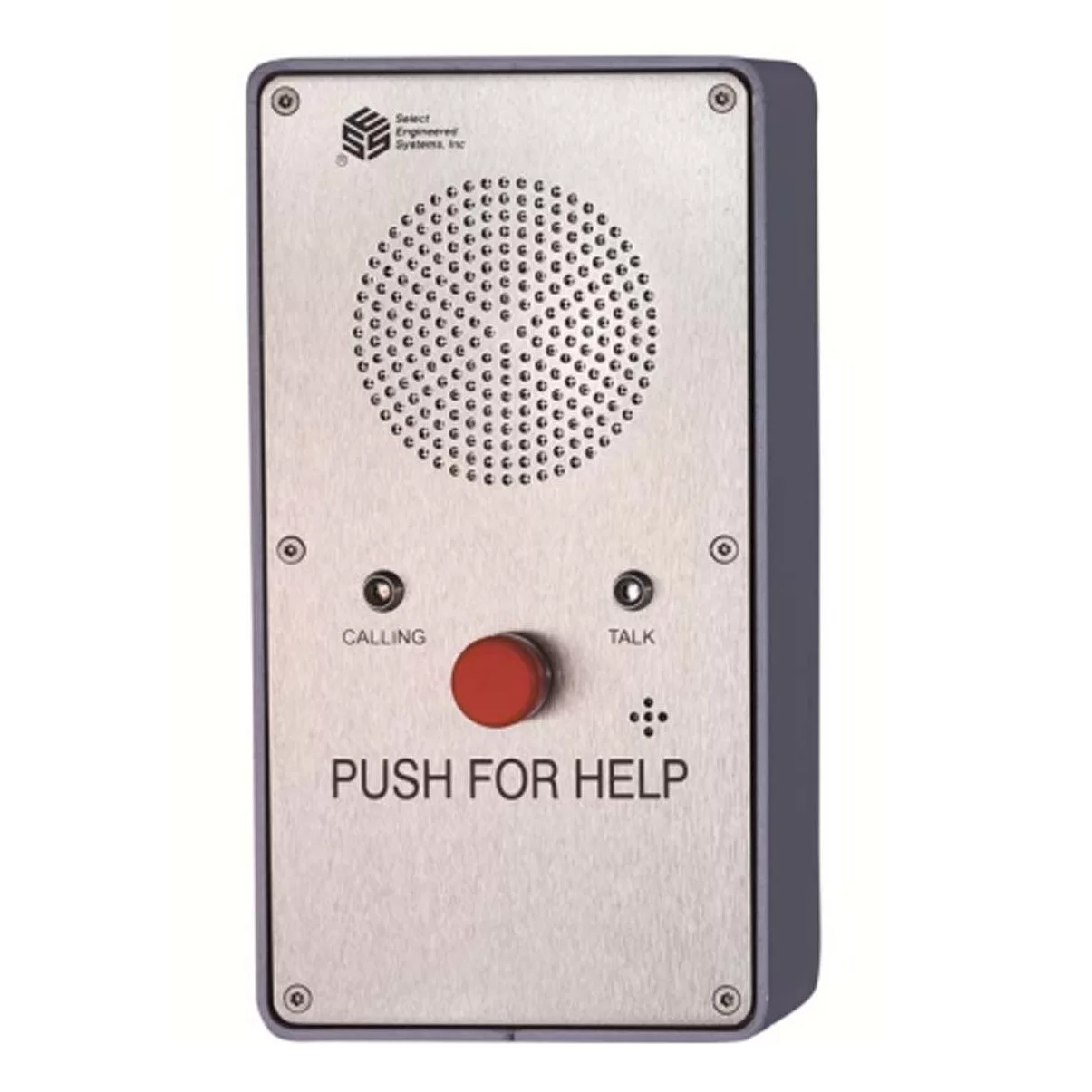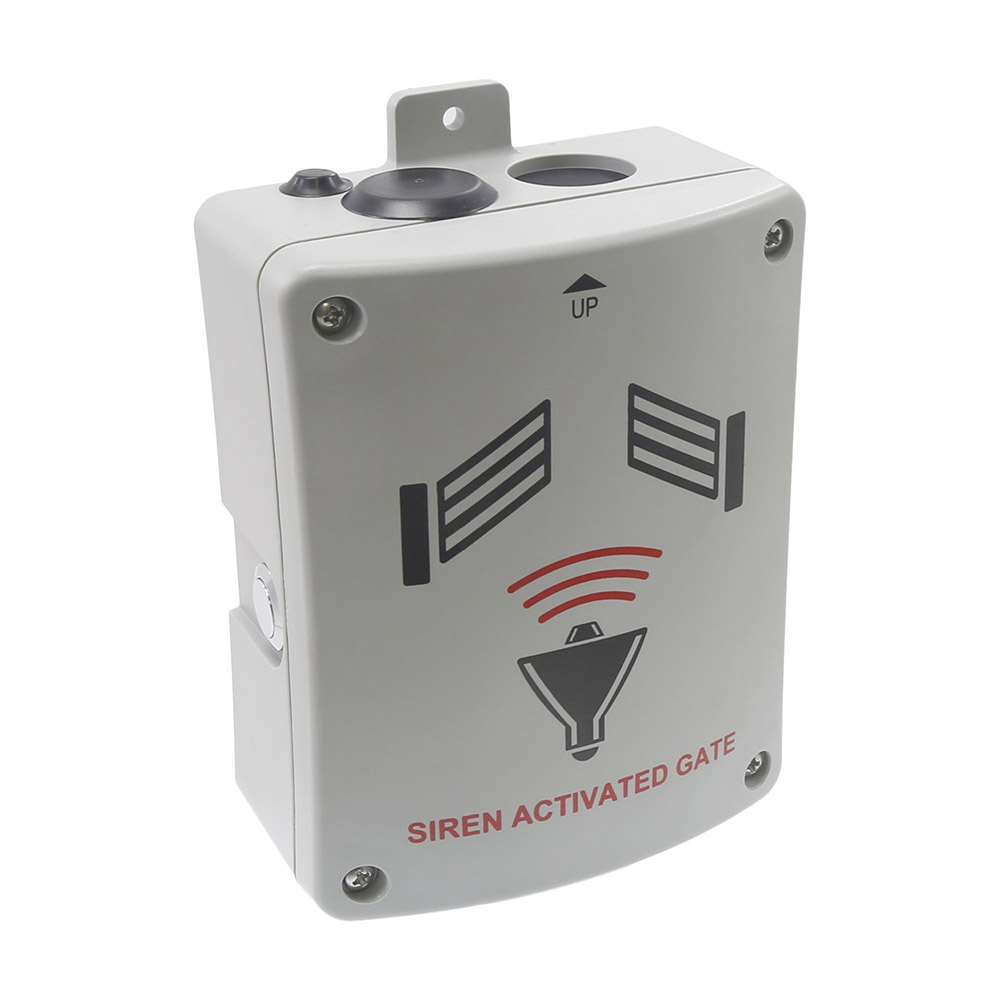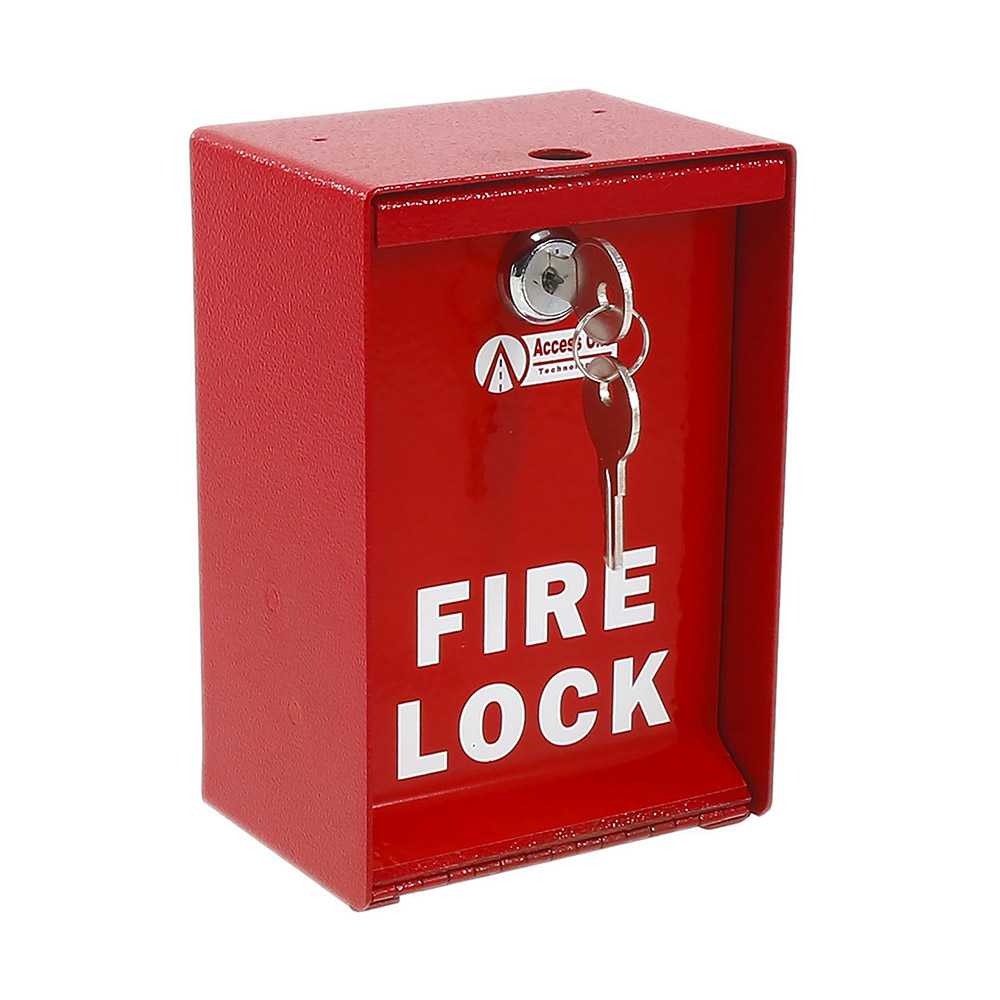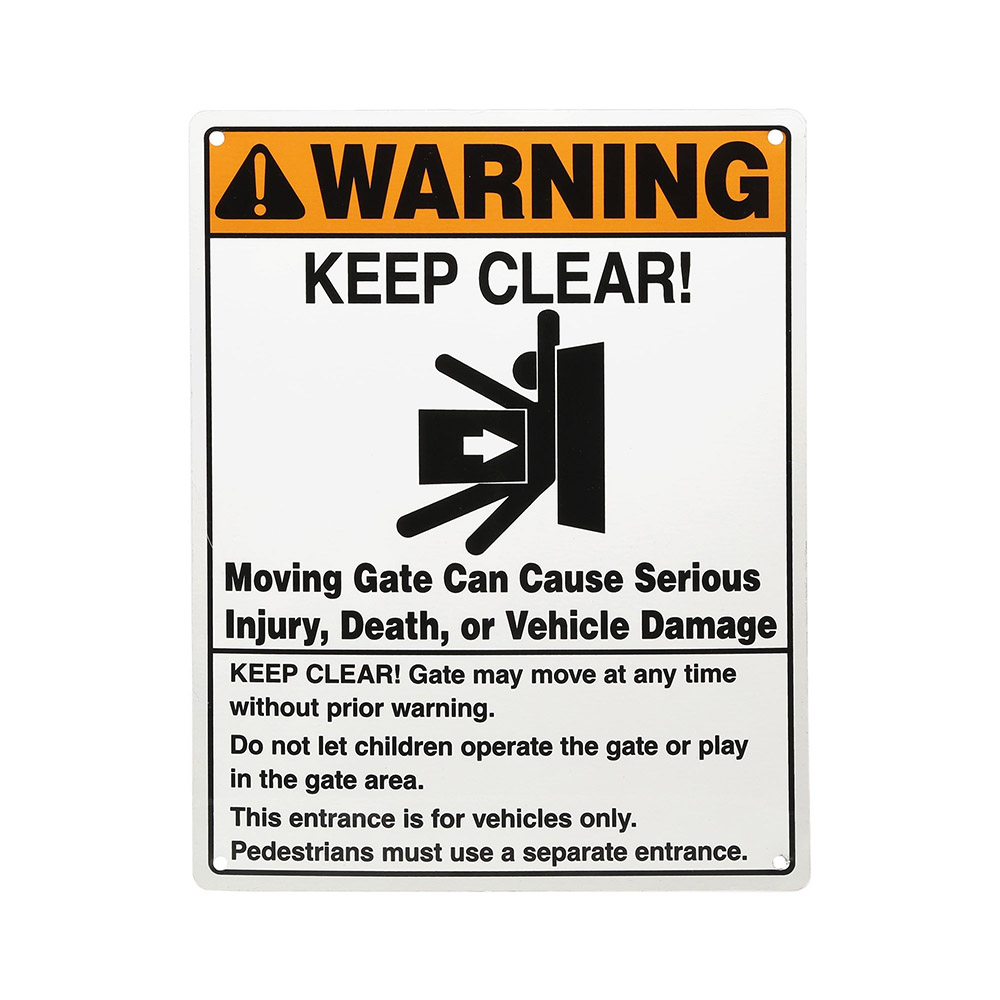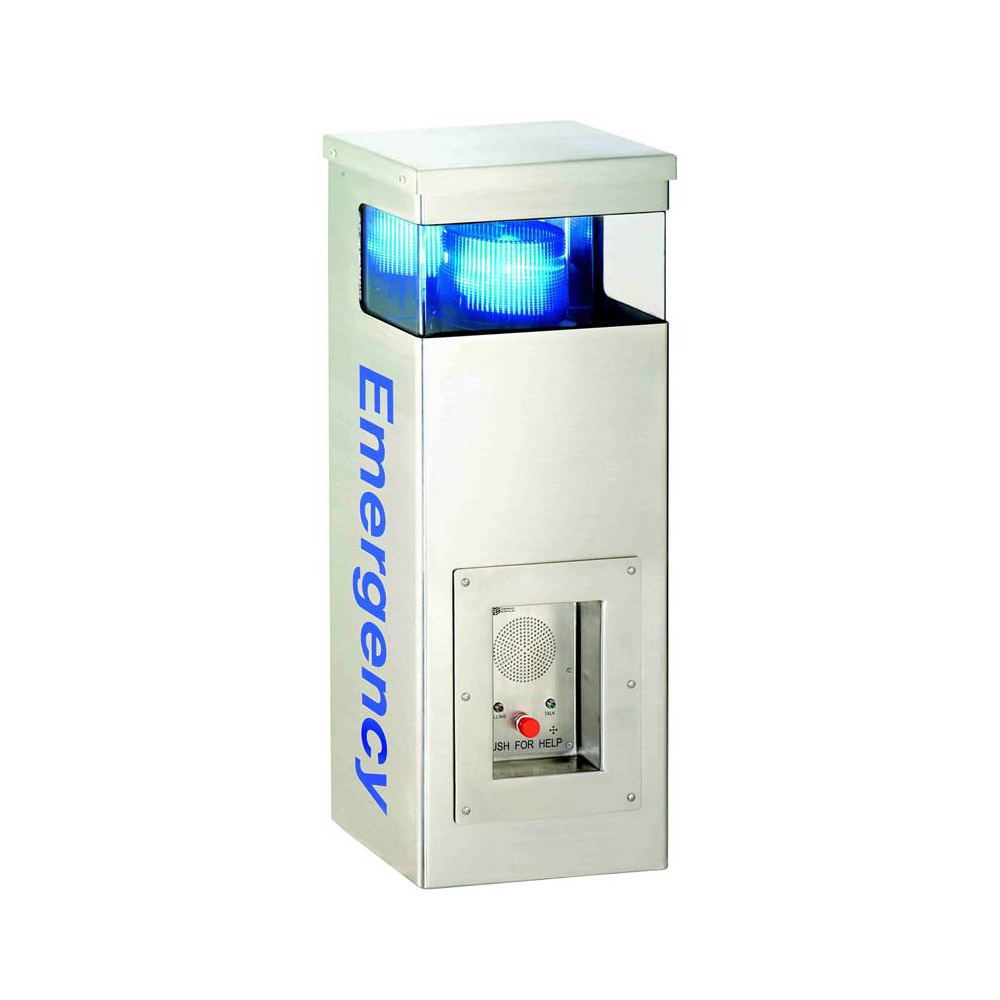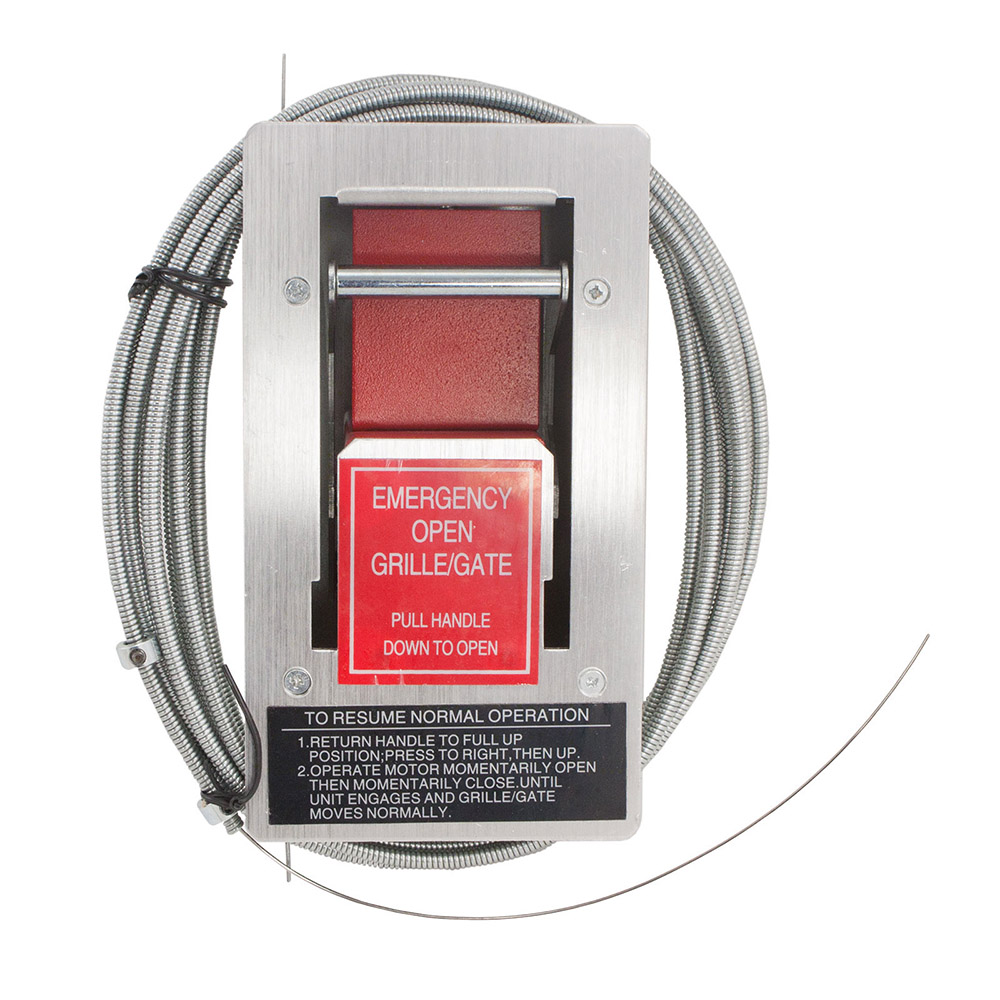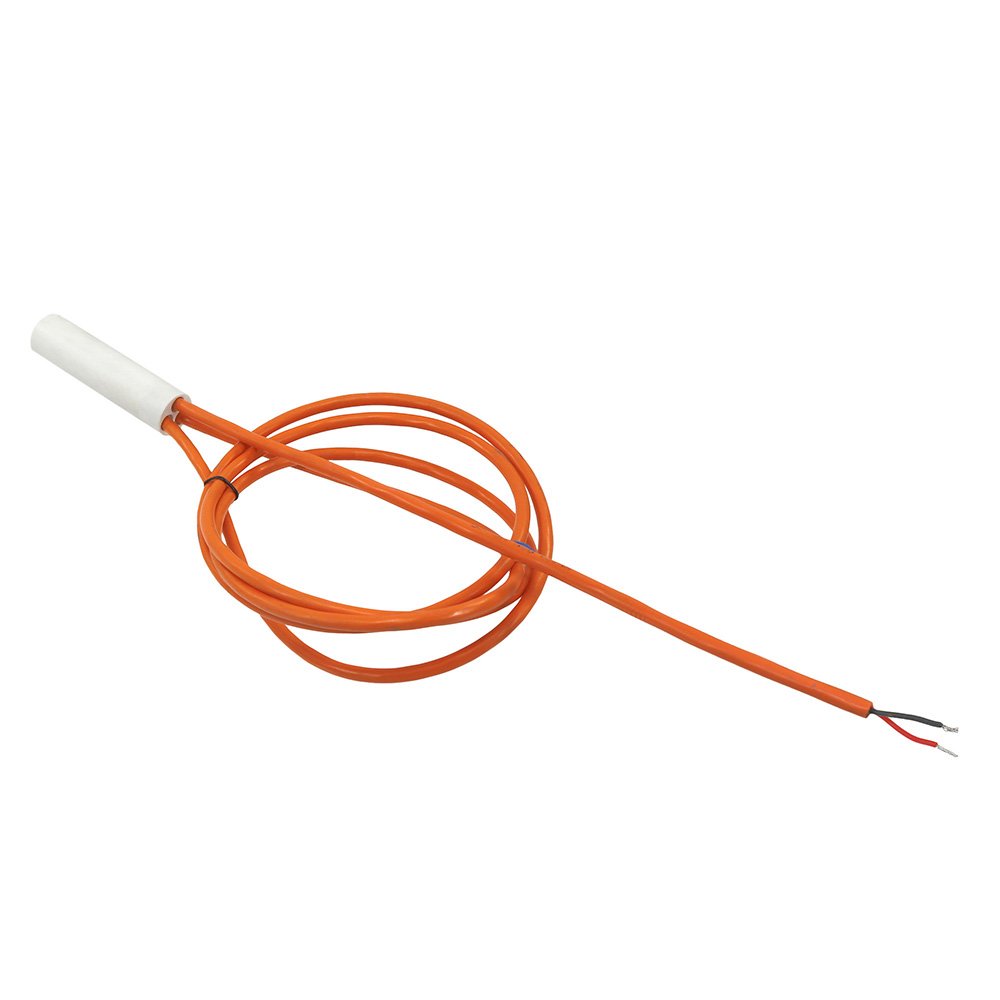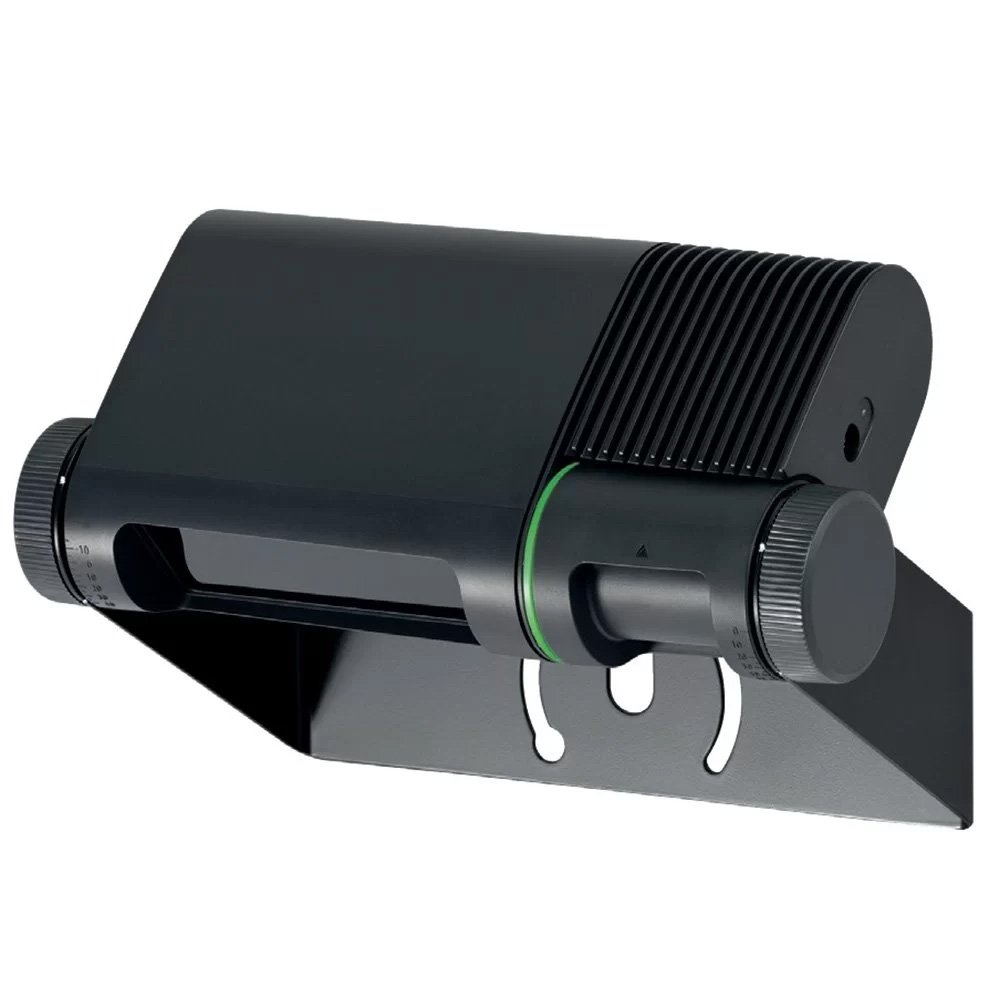Traffic Control and Access Solutions for Fire and Emergency Services
In an emergency, every second counts. The faster fire departments and first responders can reach a scene, the more lives and property they can protect. One of the most overlooked barriers to rapid response is access control. Locked gates, secured perimeters, and unmanned entry points can delay crews when time is critical. Emergency access systems are specifically designed to solve this problem. With the right tools like fire lock boxes, strobe-activated sensors, and emergency communication systems, facilities can guarantee that gates and barriers do not slow down life-saving efforts. Here’s a breakdown of the key emergency safety devices that make this possible.
Types of Gate Emergency Equipment
Fire Lock Boxes
Fire lock boxes are a simple but essential tool for emergency access. These units are mounted near entry gates and house keys or switches that open the gate system. Fire departments are given access keys that match the lock box, allowing them to open it quickly and trigger the gate to open. Some boxes automatically disable the gate motor when opened, providing a fail-safe entry. Because the system requires no power or wireless signal to operate, it continues to work during power outages or system malfunctions. Red coloring and high-visibility labeling ensure first responders can locate them even in dark or chaotic environments. These lock boxes are a widely accepted standard and often required by local fire codes for commercial and multi-residential properties.
Emergency Activated Devices
These devices enable gates to respond automatically when emergency vehicles approach. Sound-activated sensors listen for the distinct pattern of sirens and trigger the gate to open as the vehicle nears. Light-sensitive devices detect the flashing strobe lights used by police, fire, or EMS, and respond the same way. These systems eliminate the need for remote controls or manual input, allowing gates to open without any delay. This automation helps ensure responders can enter the property without needing to stop or communicate with on-site personnel. It also minimizes the risk of tampering since the triggers are based on specific emergency signals. The result is a highly efficient, secure method of ensuring emergency vehicles never face a locked gate.
Emergency Communication Devices
When a gate does not open as expected, emergency communication devices provide an immediate backup. These units often include intercoms, call boxes, or two-way speaker systems mounted at the gate. In many cases, they feature illuminated emergency buttons that connect directly to a staffed security desk or dispatch center. Some systems are cellular-based while others tie into landlines or IP networks. By allowing responders to speak directly with on-site staff or emergency contact personnel, these systems reduce confusion and help resolve access problems in real time. They’re especially valuable in larger facilities or locations with complex access requirements. In emergency situations where automatic systems fail or aren’t recognized, a quick voice connection can ensure crews still gain timely access.
Warning Signs
Clear signage is often the first thing responders and drivers notice at a gate. Emergency warning signs inform both authorized and unauthorized users about the presence of emergency systems. Signs can indicate strobe or siren activation, alert drivers that gates may open automatically, or instruct first responders where to locate lock boxes. Reflective materials and bold lettering ensure visibility at night or in poor weather. These signs are also critical for liability protection, showing that the property owner took steps to inform the public of potential gate operations. They guide behavior, reduce confusion, and contribute to safer, more predictable gate usage during emergencies.
Gate Emergency Equipment Accessories
Additional accessories enhance the effectiveness of emergency systems and ensure they perform under stress. Items like micro switch kits enable fire boxes to interface with a variety of gate operators. Chain drop kits allow swing gates to fall open under gravity when manually released. Anchor plates and mounting hardware ensure emergency equipment is securely installed and tamper-resistant. There are also weatherproof power supplies and low-voltage converters that keep access equipment working during storms or outages. These accessories may seem secondary, but they play a critical role in creating a complete emergency response solution that doesn’t fail when needed most. These Emergency Accessories Include:
- Universal switch kits: These compact electrical switches are designed to work with fire lock boxes and other trigger devices. When wired to a gate operator, they enable instant gate activation when the box is opened by emergency personnel. Their small size and flexible mounting options make them compatible with many gate systems.
- Spring-loaded chain drop kits: These kits allow swing gates to be disengaged quickly in an emergency. When activated, the chain drops and frees the gate to open under its own weight or with a light push. This provides a reliable backup when powered systems aren’t working.
- Breakaway chain kits: Similar to the chain drop kits, these allow swing gates to swing open manually when a connected chain is pulled or disconnected. These are especially helpful in situations where gate motors are unresponsive or electrical issues have occurred.
- Anchor plates and mounting brackets: Heavy-duty anchor plates secure emergency devices like lock boxes to posts or walls. Their strength prevents tampering and helps the devices stay operational even in rough weather or after repeated use. Brackets also simplify installation by aligning equipment properly with gate systems.
- Power adapters and converters: These components ensure emergency accessories stay powered by converting voltage as needed or offering alternative power options. They’re particularly useful for sites where existing power sources don’t match the device requirements or where power continuity is essential.
Frequently Asked Questions about Gate Emergency Equipment
What Is A Fire Lock Box And Why Is It Important?
A fire lock box securely stores gate keys or activation switches for emergency responders. It allows fire crews to access gated properties quickly without needing codes or remotes.
How Do Emergency Activated Devices Work?
These devices detect sirens or strobe lights from approaching emergency vehicles and automatically trigger the gate to open. They ensure fast, hands-free access during urgent situations.
Can These Systems Operate During A Power Outage?
Yes, many components are mechanical or include backup power options like low-voltage adapters or manual release systems. This ensures gates can still be opened when electricity fails.
Do Emergency Communication Devices Require Wi-Fi?
Not always. Some use cellular networks, while others connect via landline or direct wiring. This makes them adaptable to different property setups and communication preferences.
What Happens If An Emergency Activated Device Is Triggered Accidentally?
These systems are calibrated to recognize specific siren tones or light patterns, reducing false activations. In addition, many include logging features to track each activation event.
Are Emergency Gate Systems Required By Law?
In many areas, fire departments or local ordinances require fire lock boxes or equivalent systems for gated commercial and residential properties. Requirements vary, so it's best to check with your local fire authority.
Can I Use Multiple Accessories On One Gate System?
Yes, most emergency accessories are designed to be compatible with each other. Combining them improves reliability and ensures multiple access options in an emergency.
Do Warning Signs Really Make A Difference?
Yes, clear signage helps both emergency responders and the public understand gate operation and where to find access points. It also helps reduce confusion and potential delays during emergencies.
What’s The Difference Between A Chain Drop Kit And A Breakaway Kit?
A chain drop kit releases the gate when triggered, allowing it to swing open. A breakaway kit requires a physical pull or disconnect to manually release the gate swing.
Who Has Access To Open A Fire Lock Box?
Only authorized emergency personnel, such as local fire departments, are given master keys or codes to open lock boxes. This ensures security while maintaining emergency access.
Contact Us
Looking to enhance your emergency preparedness? Our selection of Emergency Activated Devices, Fire Lock Boxes, Warning Signs, and more offers the reliability and safety you need in critical moments. Whether you're equipping a commercial property or securing a residential gate system, our products are built to meet rigorous emergency standards. From communication devices to gooseneck pedestal stands, we provide all the essentials in one convenient place. Each item is designed with durability and quick access in mind, ensuring you're ready when it matters most. Have questions or need guidance selecting the right equipment for your setup? Reach out today! Our team is ready to help you find the perfect emergency solutions for your property.
Contact Us

